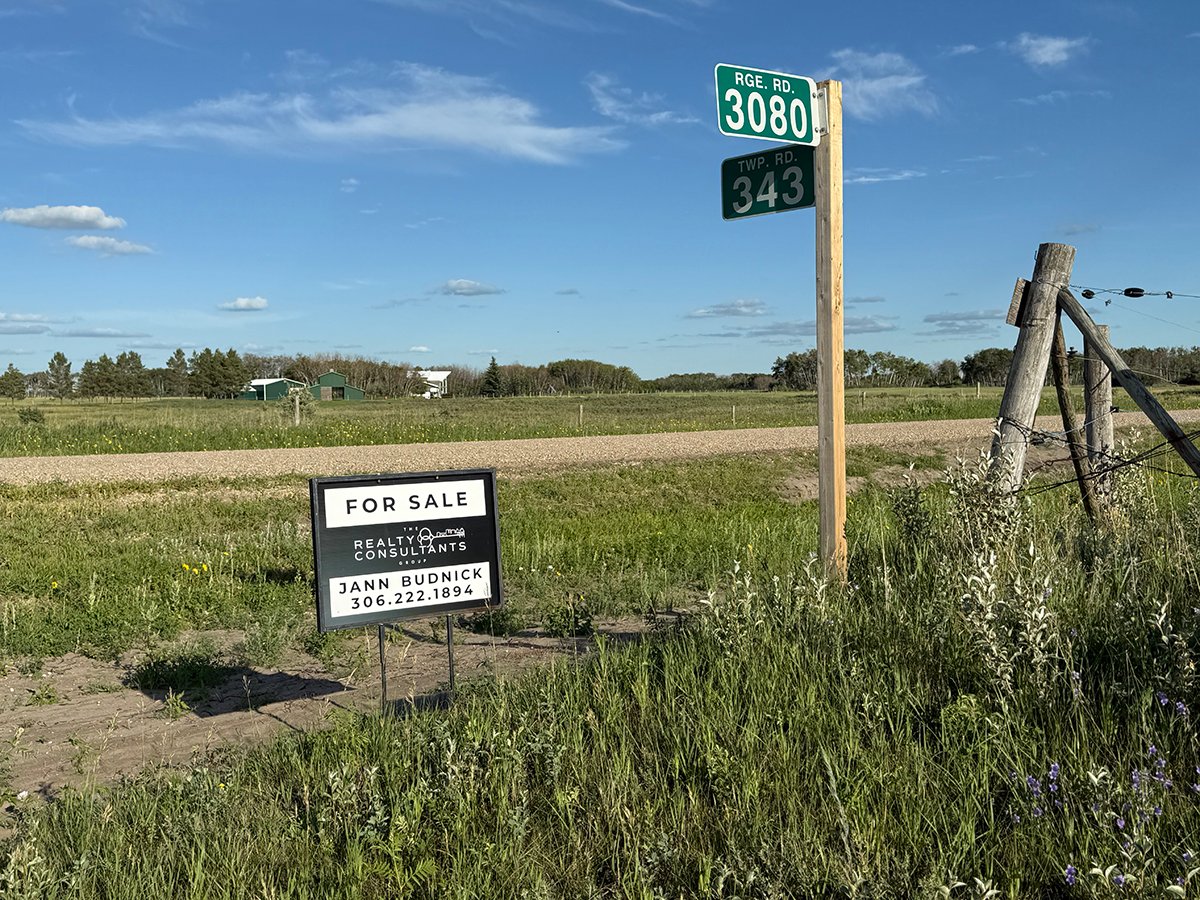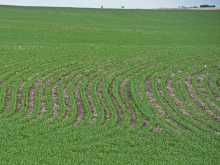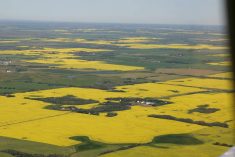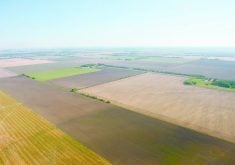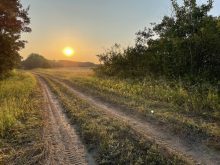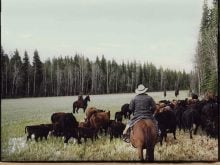WINNIPEG — The farmland market in Saskatchewan may be tilting toward the buyer.
It’s not there yet because sellers still have the upper hand, but real estate agents in the province say more land may soon come up for sale, thus tipping the scales in favour of buyers.
As of August 2025, 265 farmland properties were posted on the MLS system in Saskatchewan. That’s down drastically from 2020, when the number of farms for sale was close to 500.
Read Also
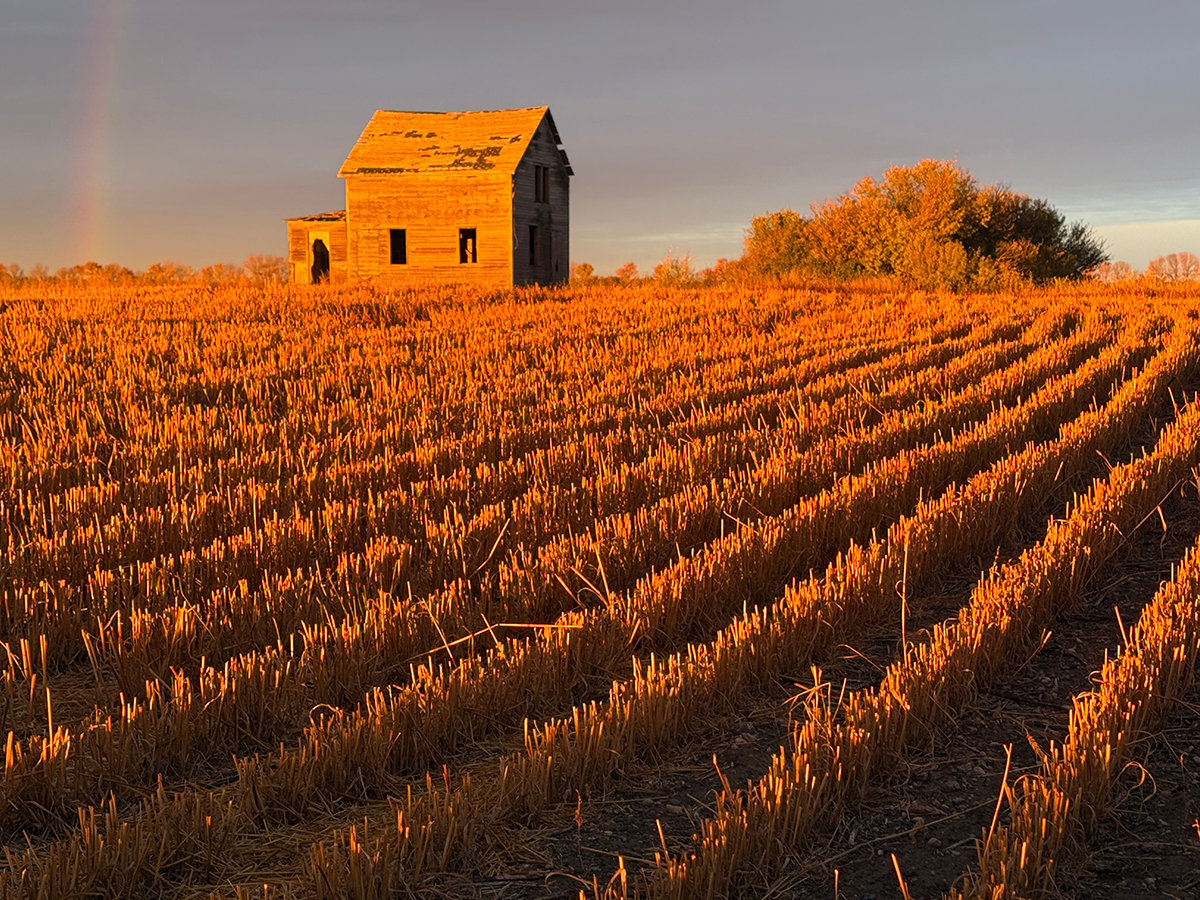
Forecast leans toward cooling trend
July saw below average temperatures, August came in with near to slightly above average temperatures and September built on this warming trend with well above average temperatures for the month.
However, the 265 number is an increase from 2023. In January of that year, only 200 farmland properties in Saskatchewan were posted on the MLS.
Tim Hammond, who runs Hammond Realty in Biggar, Sask., and specializes in farmland, said the number of properties for sale could climb this fall and winter.
Hammond wrote about the supply of available farmland in the province this spring in a post on the Hammond Realty website.
“(The) gradual rise (in land for sale since 2023) suggests that the supply trend is reversing. We’ve also noticed this in our own business, where total farm sales volume has increased by 50 per cent in the past two years,” he wrote.
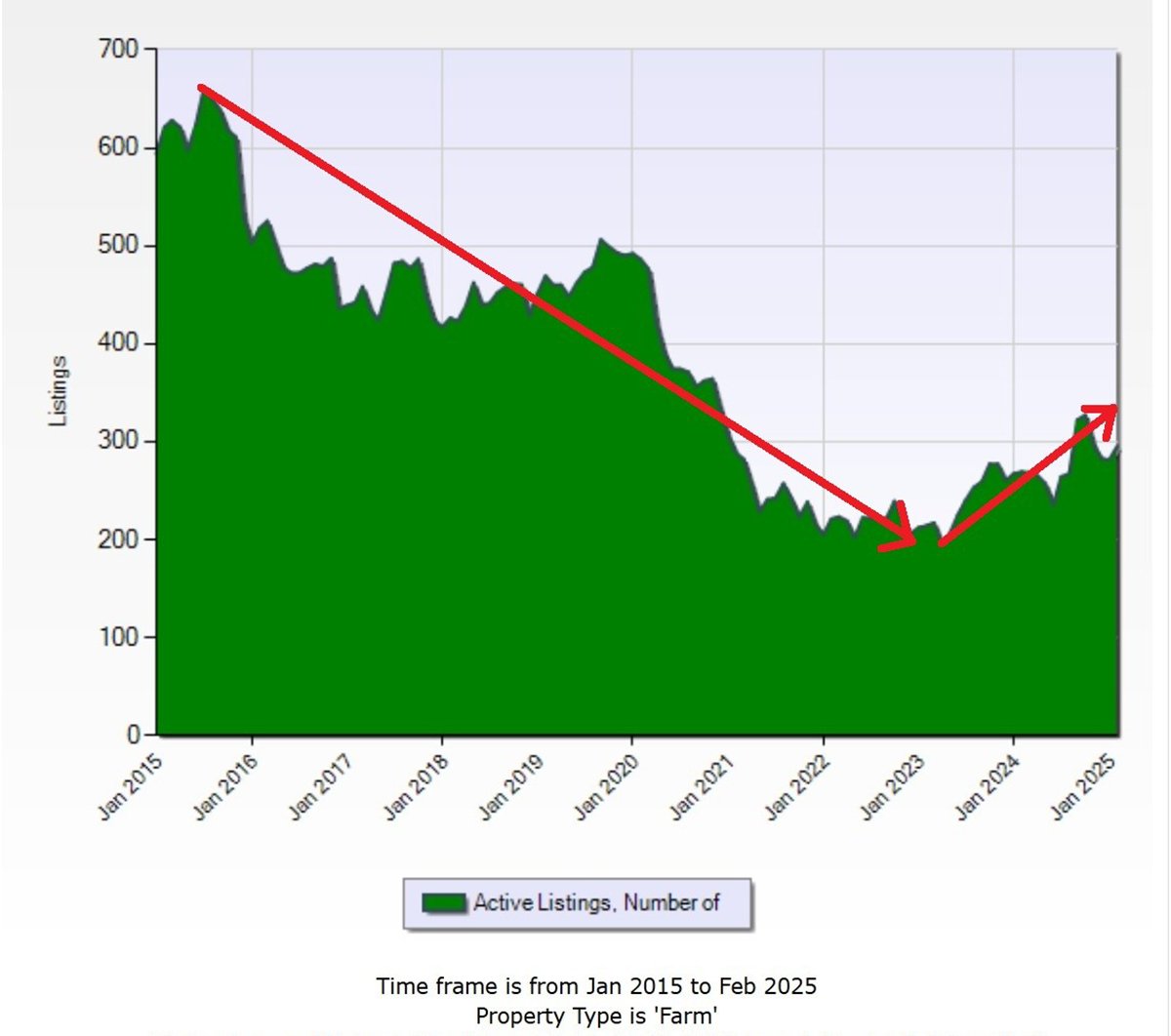
“As inventory continues to grow throughout 2025, sellers may find themselves competing for qualified buyers for the first time in a decade.”
More properties available for sale doesn’t mean prices will suddenly collapse. Farmland is still in high demand, but buyer enthusiasm is waning.
“They (farmers) are still doing deals, but (if) it’s strategic to their farm,” Hammond said Aug. 20.
“Two years ago, if we had 10 buyers interested in a property, now we might have three. It’s still selling really high, but it’s just thinning out.”
Other real estate agents are also noticing a shift.
Weaker farm profits, combined with the threat of tariffs and the uncertain market for Canadian ag commodities, has rattled farmer confidence on the Prairies.
“I’m having young farmers call me, thinking about selling (their land). Guys who are 38 or 42. They’re highly leveraged, the banks are now backing away from ag.… They’re having trouble getting credit for next year” said Ted Cawkwell, who runs the Cawkwell Group, a Saskatoon real estate agency that specializes in farms and ranches.
“When profits are down, people aren’t as excited about owning land.”
Like Hammond, Cawkwell believes the number of Saskatchewan farms for sale on MLS will climb in the next six months.
“My guess is we’re going to get over 300 (listings) this winter,” he said.
“Who knows how high we will go.”
The MLS isn’t the only platform for selling land in Western Canada because other producers use other services to put their property on the market.
However, Hammond, who has been in the farmland business since the early 1990s, said it’s obvious that something changed in the market around 2010-12.
“What I noticed happening … is that people were retiring from farming but they weren’t selling their land,” he said.
That appears to have been a smart decision.
Land prices on the Prairies have exploded, increasing 200 to 400 percent since 2010.
However, hanging onto land isn’t as lucrative as it once was.
Multiple sources have told the Western Producer that farmland rents in Saskatchewan are currently two to three per cent of the value of the land. That’s a poor return on investment when compared to something like the TSX stock index, which has averaged a return of 9.1 per cent in the last 60 years.
Since profit margins in the grain sector are now smaller, it’s possible farmland values will weaken in parts of Saskatchewan and the Prairies.
“Farmland is still very much a regional market,” said Justin Shepherd, senior economist with Farm Credit Canada.
“There could be areas that see (more) farmland value growth … but there could be other areas where there is (less) competition for that farmland, where you could see things slow down.”
Cawkwell is bullish on land long term, but the market could go sideways in the short term.
“My guess is over the next couple of years, we’re going to go up around five per cent (annually).”
The critical factor could be retired farmers who still own a large chunk of land. If prices do soften, they may sell sooner than later.
Hammond commented on that dynamic, in his web post from April.
“With demand still robust and supply just beginning to rise, sellers may find that acting now allows them to secure top dollar before potential market saturation.”


